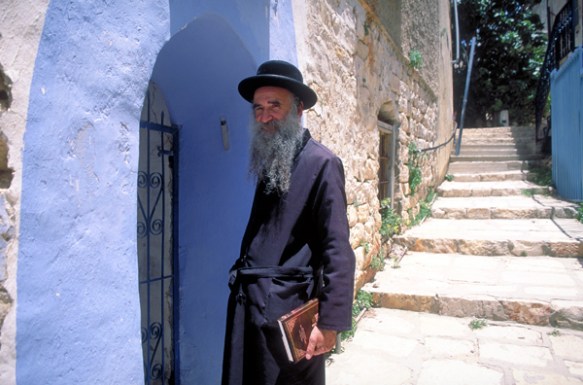
one of replicas of the ancient “Jesus Boat” carrying a Ya’lla group on the Sea of Galilee
One of the most popular experiences included in our Christian tours of Israel is the boat ride on the Sea of Galilee.
The Sea of Galilee is actually a large freshwater lake, 13 miles long and 8 miles across, better known in Israel as Kinneret, Gennesaret or Lake Tiberias. The lake feeds the Dead Sea, via the Jordan River, and, at roughly 700 feet below sea level, it’s the 2nd lowest lake on the planet, after the Dead Sea. It’s located in the Galilee region in northern Israel.
During a period of severe drought in 1986, the lake receded significantly, revealing the remains of an ancient boat buried in the sediment. The boat was excavated and dated to the 1st century, the time of Jesus. The boat is now housed in a small museum at Kibbutz Ginosar on the western shore of the lake. Close replicas of the boat take passengers on the lake past Christian sites, such as Tabgha (site of the multiplication of the loaves and fishes) and Capernaum (the headquarters of Jesus’ ministry), and stop to visit the remains of the ancient boat.

remains of a 1st-century Galilean fishing boat known as the Jesus Boat or the Ginosar Boat
For Christians, the lake and its surroundings are significant as the area where much of Jesus’ ministry and many of his miracles took place. Four of Jesus’ disciples were fishermen on the Sea of Galilee, the brothers Simon Peter and Andrew and the brothers James and John.

One day, after hours of pulling up empty nets, the four fishermen had just pulled into shore. (Andrew was already a disciple of Jesus, the first, but he hadn’t yet convinced the others.) Jesus approached and asked Peter to take him out on the lake a little way so that he could better address the crowd that had gathered to hear his teaching. Later, after the crowd had dispersed, Jesus asked Peter to move into deep water and cast out his nets. Peter thought this would be a waste of time, based on his experience earlier in the day, but out of respect, he did as Jesus asked. When the nets were pulled in, they were so heavy with fish the boat couldn’t hold them all. James and John came to help and their boat was also filled to the brim with fish. Jesus gained three more disciples that day.
Later in his ministry, Jesus had spent a long day preaching to a large crowd near the lake and needed to rest. While he and his disciples sailed to a quiet spot on the opposite shore, Jesus took a nap. When they reached the middle of the lake, a nasty squall rose up, bad enough to terrify the experienced fishermen on board. Jesus slept peacefully through the waves crashing on the deck and the pitching and rolling of the boat, until the disciples woke him, certain they were about to die. He told the storm to simmer down, which it promptly did, expressed his disappointment in his disciples’ lack of faith, and resumed his nap.

the Sea of Galilee
I could go on and on about Jesus and the Sea of Galilee, but I’ll save some stories for future posts.
The city of Tiberias on the western shore of the lake makes a good hub for visiting the area. For privately escorted Christian tours that include a boat ride on the Sea of Galilee and a visit to the ancient boat at Ginosar look here and here.



















